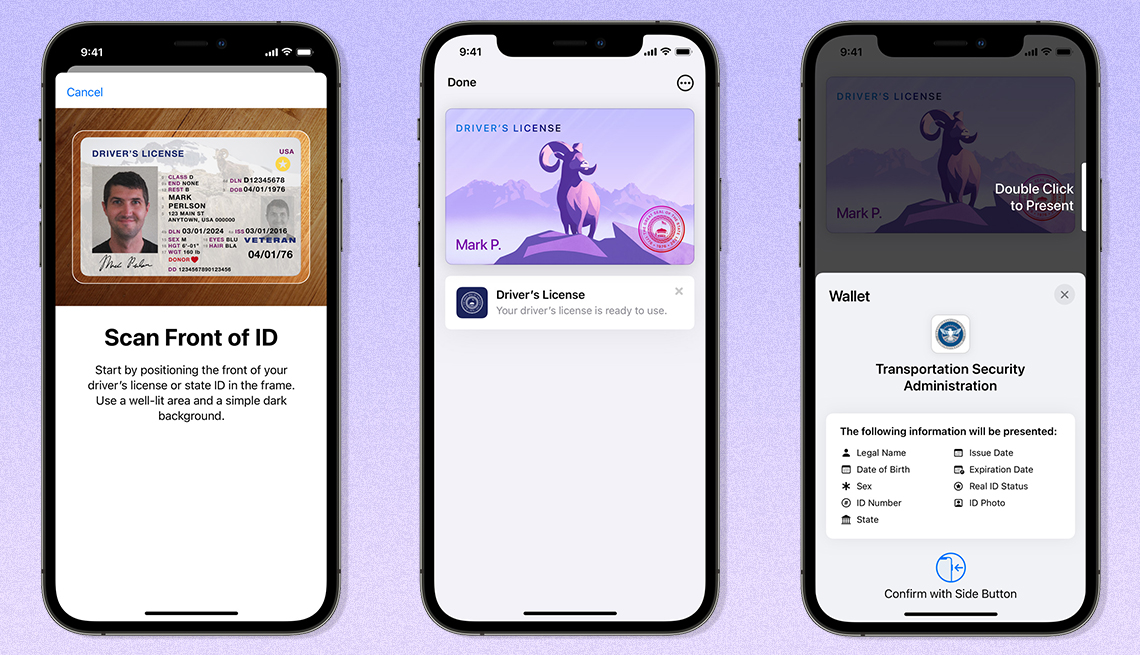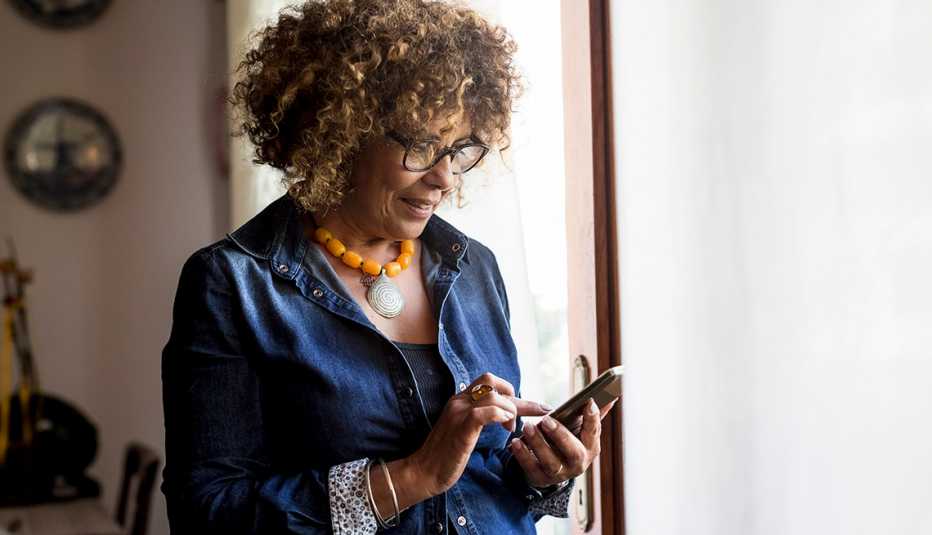AARP Hearing Center
You probably know that your phone can store digital, working versions of your credit and debit cards, bus and subway passes, and even a form of your house keys for an electronic lock. Your driver’s license will soon be added to the list.
Apple recently announced a verified-ID capability for iPhones and Apple Watches. Google is working toward a similar system for Android users. But how will this work, how secure is it, and who will get first access? Let’s take a look.
Who can use a virtual driver’s license?
For the new Apple feature — stored in the iPhone’s built-in Wallet app — residents of Georgia and Arizona can opt in first, followed by Connecticut, Iowa, Kentucky, Maryland, Oklahoma and Utah.
But, in fact, a handful of states already have their own digital ID apps, independent of Apple’s launch. That includes Arizona, Delaware, Oklahoma, Louisiana, Colorado and Alabama. Florida is testing a pilot program, and California may soon kick off trials, too. So far, state digital IDs haven’t seen wide use.
“Nobody really uses them,” says Jay Stanley, senior policy analyst with the American Civil Liberties Union. So the Apple and Google programs are significant, because they could make digital IDs more universal.
How can I get a digital ID?
In some states, the Department of Motor Vehicles can send a digital license to residents’ devices when they renew their ID. In other states, especially those using the Apple Wallet system, users scan the front and back of their physical ID card with their phone.
Next, they take selfies to verify their identity. For Apple, that information is encrypted to make the information illegible if a hacker intercepts it and sends it to the issuing agency for verification.




































































